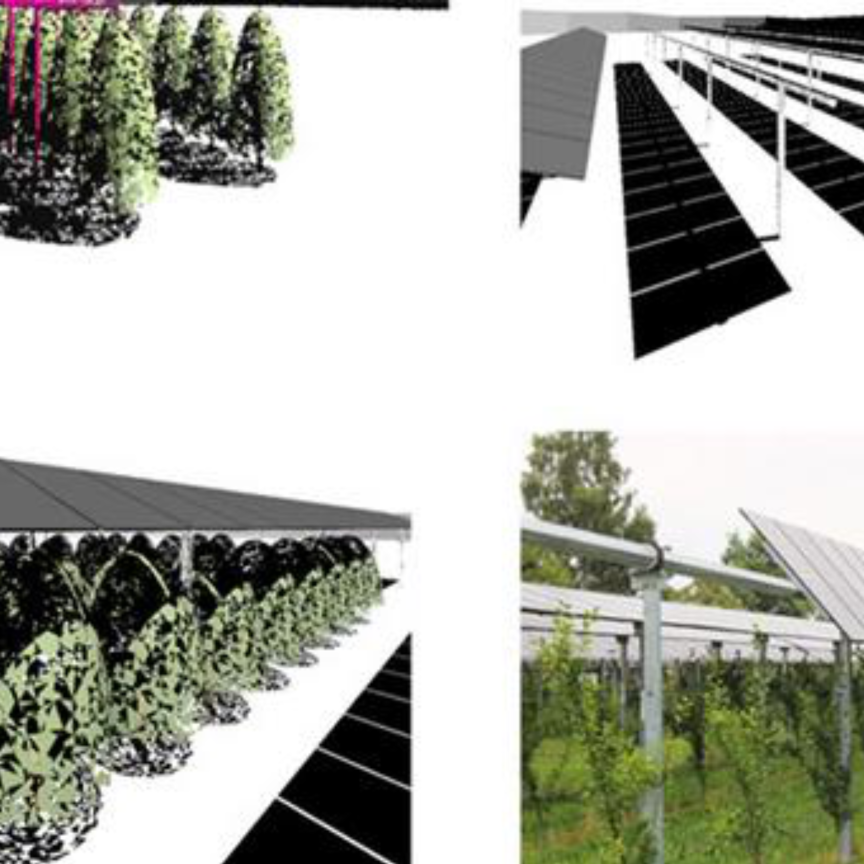The Fraunhofer Institute for Laser Technology ILT is developing industrial-scale processes for the high-resolution structuring of thin layers, a development which is expected to be a decisive step to greater efficiencies and lower manufacturing costs for crystalline and thin-film photovoltaics.
‘Most companies in the solar industry don’t know how much time and costs they can save by using the right laser for manufacturing thin-film solar modules or crystalline solar cells,’ explains Dr Malte Schulz-Ruthenberg, project manager at Fraunhofer ILT. ‘For example, completely different beam guiding and shaping approaches are required for high-speed drilling of back-contact solar cells than those used to create complex structures on electronic circuits at high processing rates.’
One process the institute is exploring to achieve high productivity for high-resolution structuring of thin layers involves multiple beam splitting using diffractive optical elements and a polygon scanner. The scanner enables two-dimensional structuring of thin layers at extremely high speeds of several hundred metres per second. Combined with modern beam sources working at high repetition rates, the polygon scanner can significantly increase production throughput. It can be used for processing both thin film solar modules and crystalline solar cells.
Another industrial-scale process being investigated is the use of lasers for structuring small strips of solar cells that are connected in series to reduce electrical losses between cell modules. Companies use mechanical methods, scribing, to carry this out. The challenge ILT researchers have is to show how lasers can be used instead without impairing the functionality of the layers of conducting, semi-conducting, or insulating materials. These layers have thicknesses ranging from a few nanometres to a few micrometres. One potential problem is thermal damage to neighbouring areas. The solution to this is expected to be ultrashort pulse lasers. This opens up new process windows and paves the way towards new industrial-scale processes.
Another technique for high productivity, mass manufacture of crystalline silicon solar cells involves the drilling of up to 10,000 holes a second into silicon wafers. Thin passivation layers can be removed with scarcely any effect on the cell’s electrical functionality. The researchers have also used beam-shaping optics to reduce module soldering times down to less than a second. Achieving such high productivity requires the right laser source. The ILT researchers are testing a variety of beam sources in order to fulfil the widest range of parameters relating to pulse duration, wavelength, process-adapted intensity distribution, and minimising laser damage.
Manufacturing techniques represent another approach for producing high-efficiency cells. To create a texture on the solar cell’s surface that reduces reflection of the sunlight and maximises use of the sun’s radiation, an ablation-free laser process has been combined with an etching stage. This, the researchers found, could reduce laser-related material damage to a minimum while maximising process speed.
As well as crystalline and thin-film photovoltaics, the ILT researchers are also examining organic solar cells on thin film substrates in the FlexLas project, funded by the European Commission and the state government of North Rhine-Westphalia. The ILT researcher’s role is developing a laser structuring technique for organic solar cells on flexible film substrates. Such a solar cell is of interest because it is considered an economical product in the field of solar energy. Organic solar cells on flexible film substrates may one day realise textile products that can generate power, for example handbags with flexible solar cells that could be used to charge a cell phone. The ILT researchers also hope that this laser structuring process can be applied to other products with multiple-layers, such as smart phone screens and flat lighting elements.


